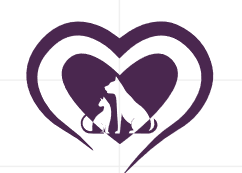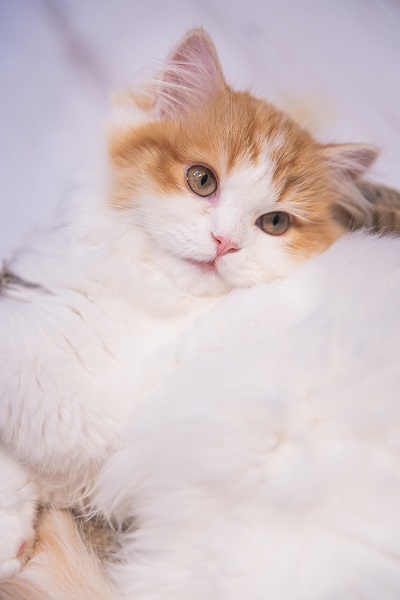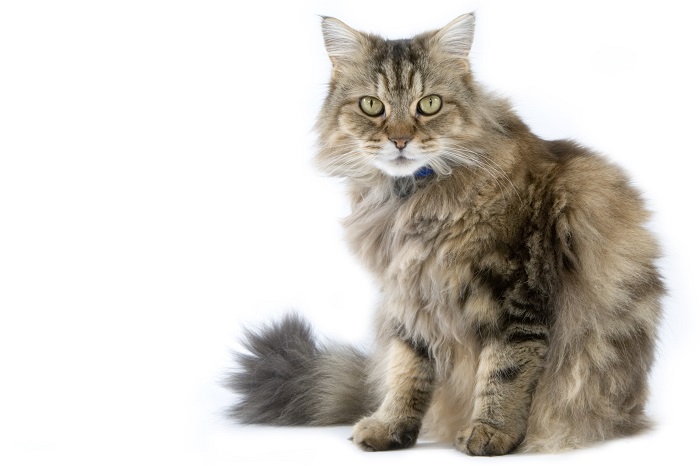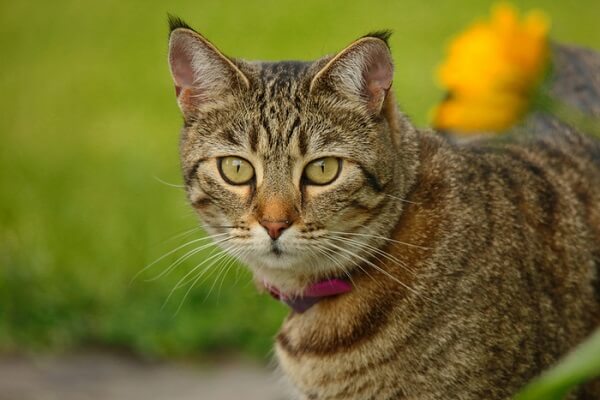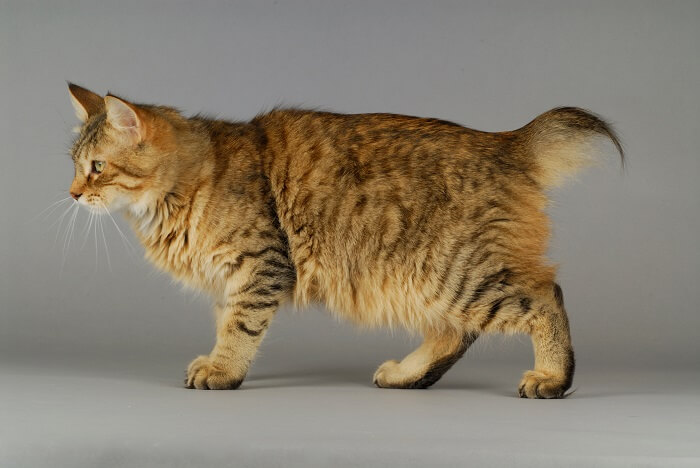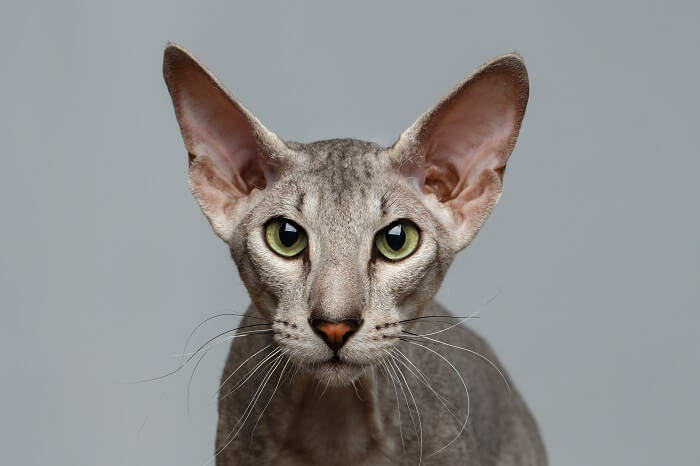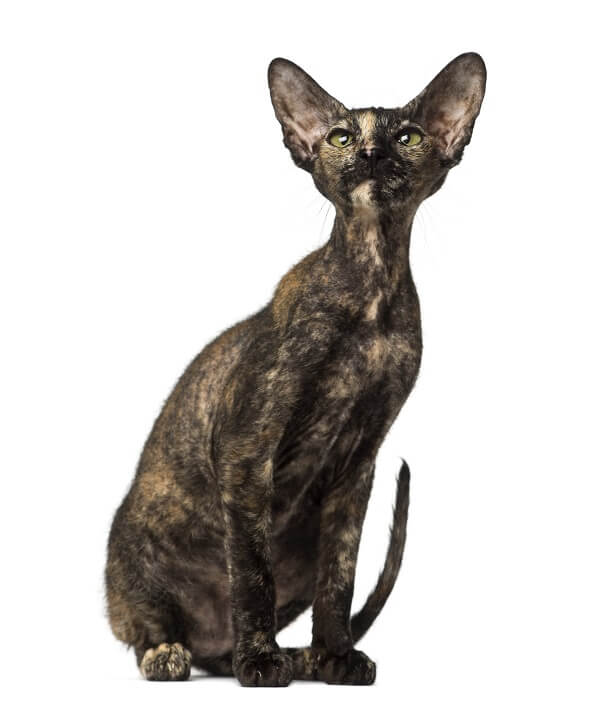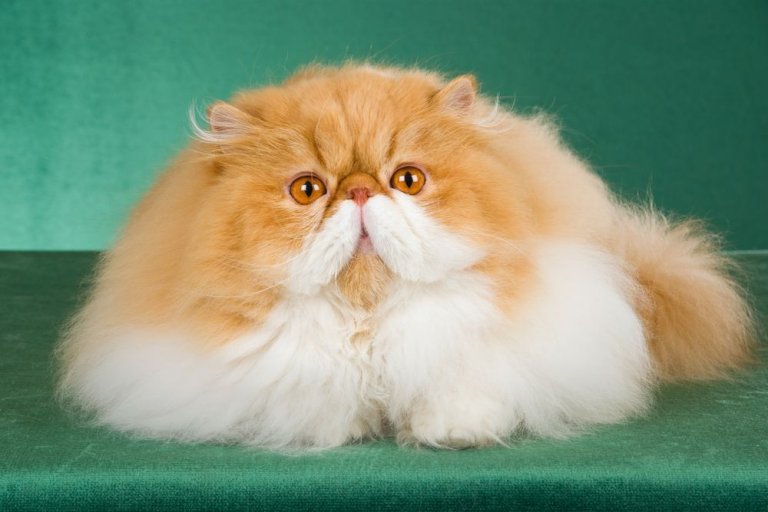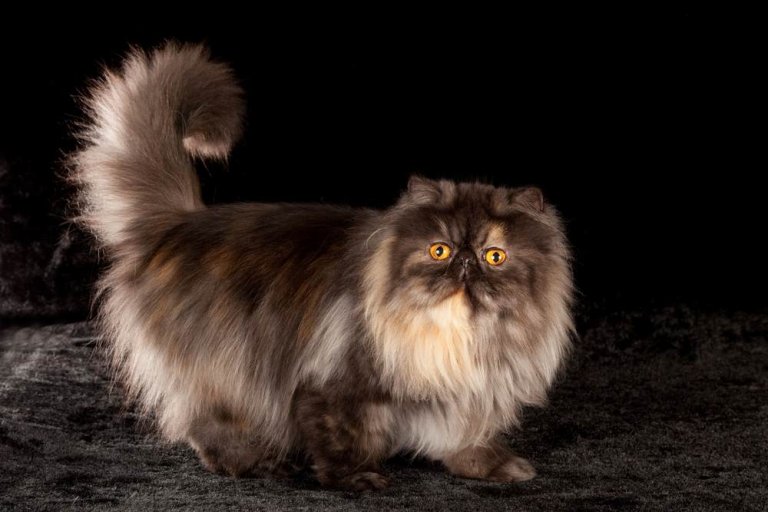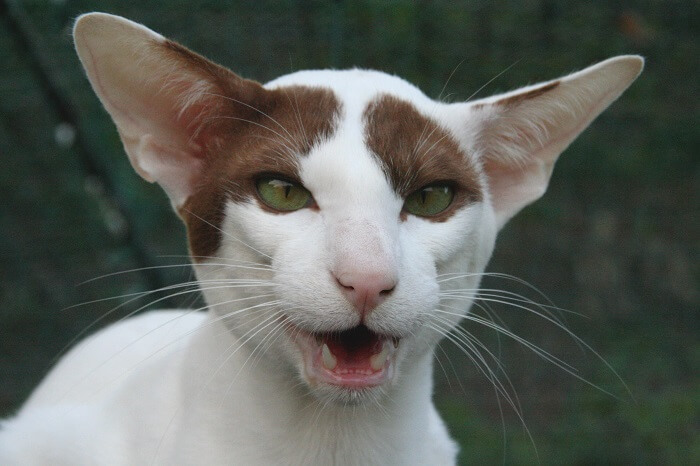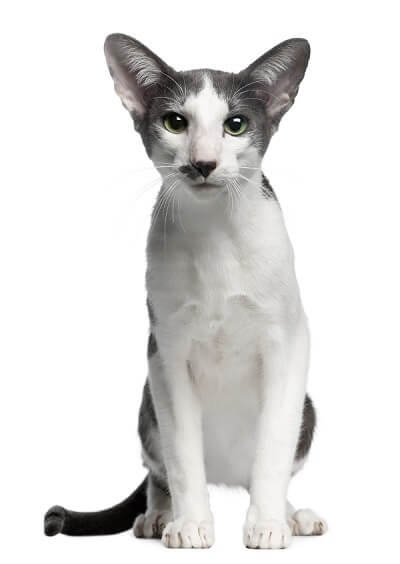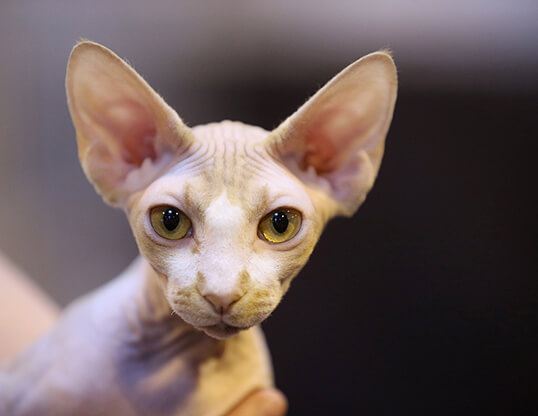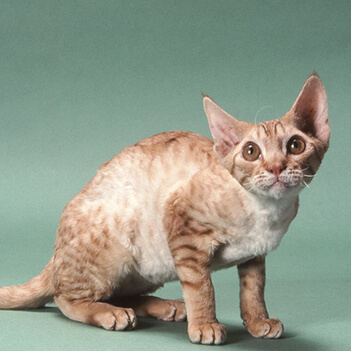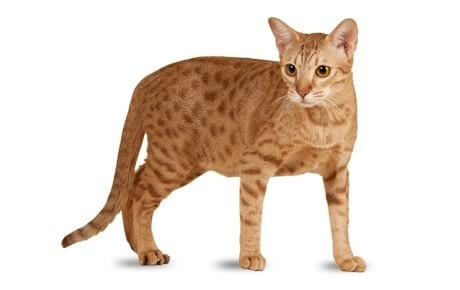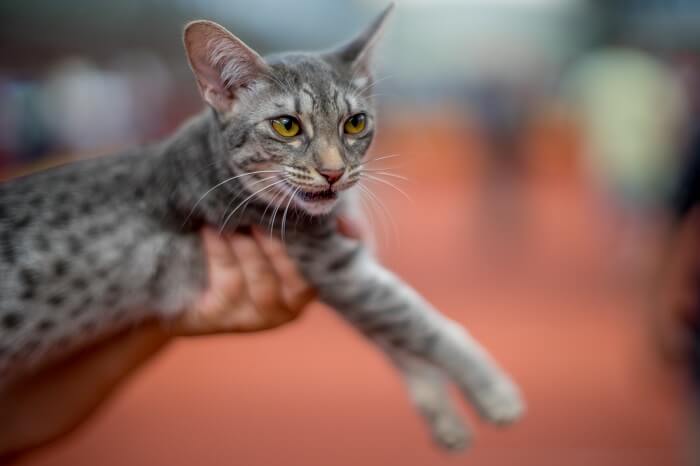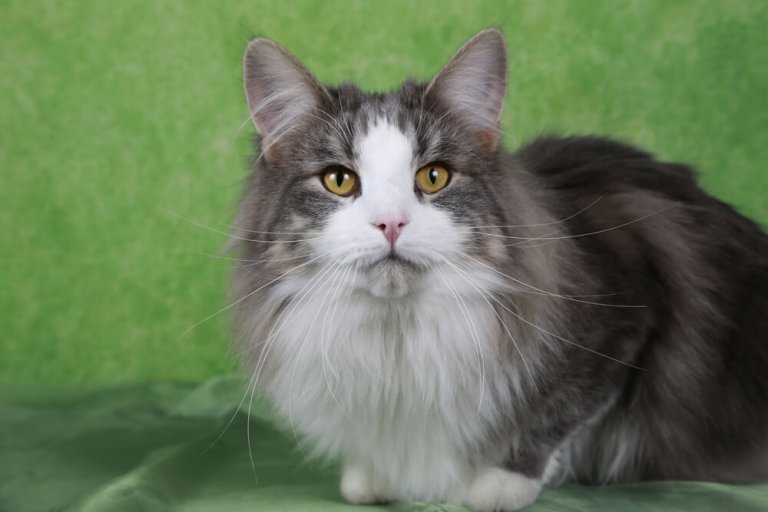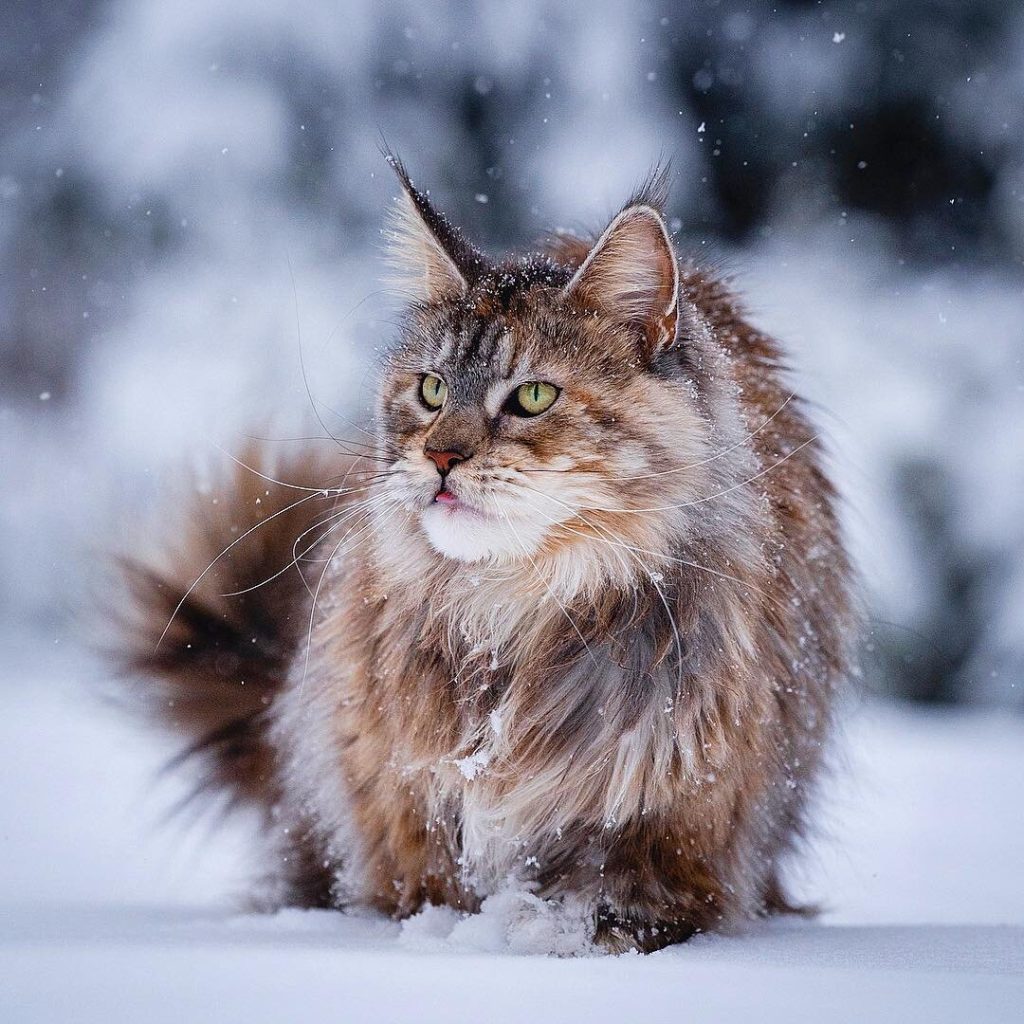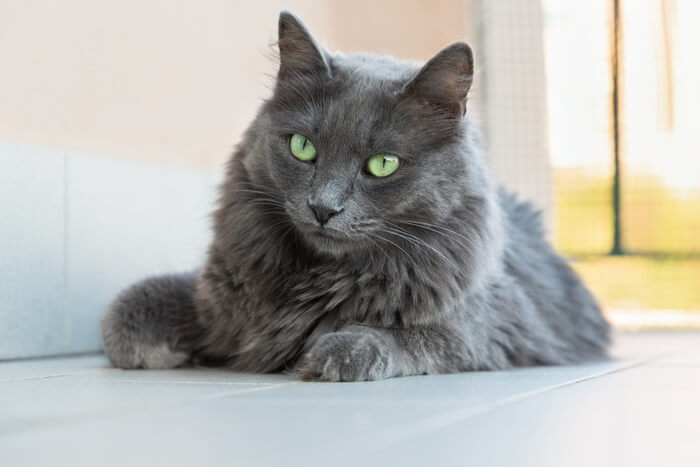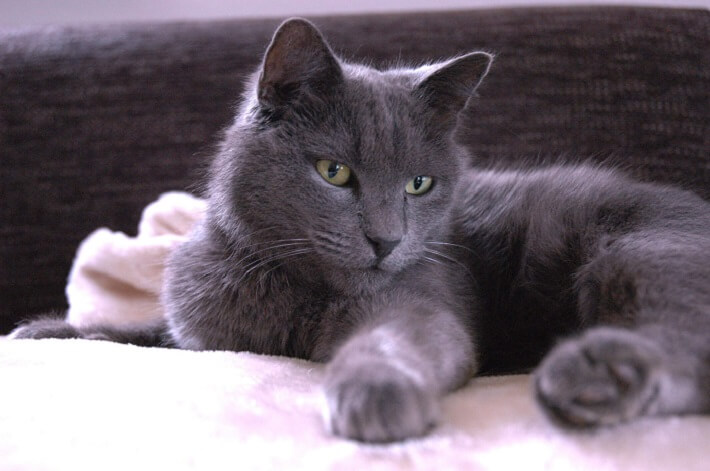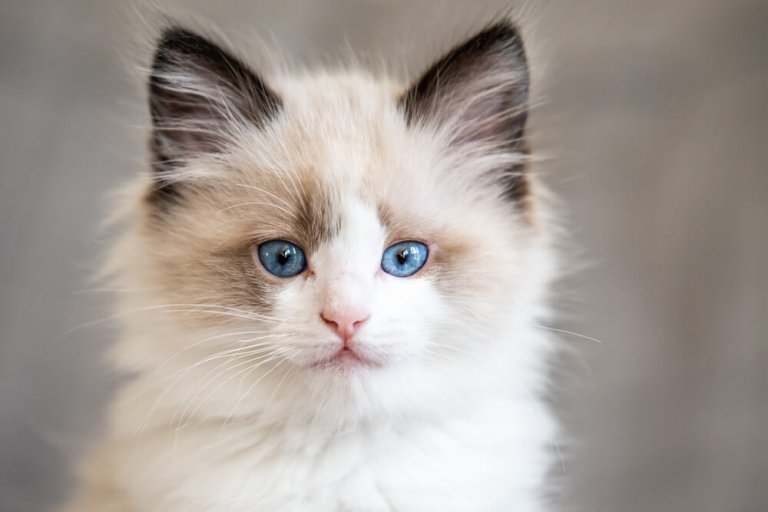
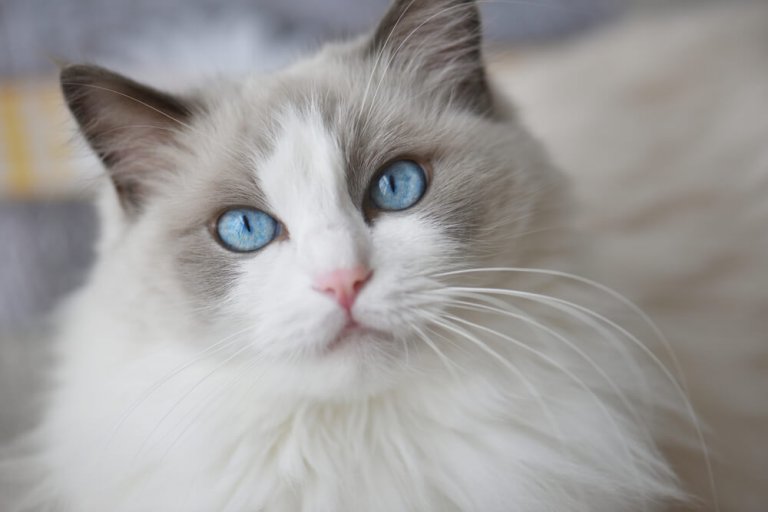
Ragdolls, the breed of cat that looks like a party star. As soon as these little guys are born, they are already destined to be big, with males weighing a staggering 9-12 kilograms and females kept to 4-6 kilograms.
You may think big is bad, but don’t forget that their fur is long and soft, resembling a luxurious cashmere scarf. Moreover, they have a pair of beautiful and conspicuous blue eyes that look like blooming blue lilacs at a glance, making them unforgettable.
When it comes to character, Ragdoll cats are simply the king of friendliness, gentle and easy to get along with. Do you know why they are called Ragdoll cats? That’s because their entire body muscles completely relax when they are held in their arms, just like a real Muppet! If you’re looking for a quiet and fun friend, then Ragdoll cats are definitely the way to go.
Plus, these little guys have a very strong immune system and live longer than any other cat breed, often living up to 15 years or more. While they may also have some hereditary health issues, such as heart disease and urinary tract problems, it doesn’t stop them from enjoying life to the fullest.
Coming to the practical side, owning a Ragdoll cat requires you to be constantly on your toes, not only by bathing and grooming them regularly, but also by providing them with a balanced diet and avoiding indiscriminate feeding so as to keep them in shape. And don’t forget that they need exercise too, you can buy them cat teaser sticks or balls to keep them active.
Overall, if you want a companion that is docile, friendly and also peaceful with other pets, then you need a Ragdoll cat!
